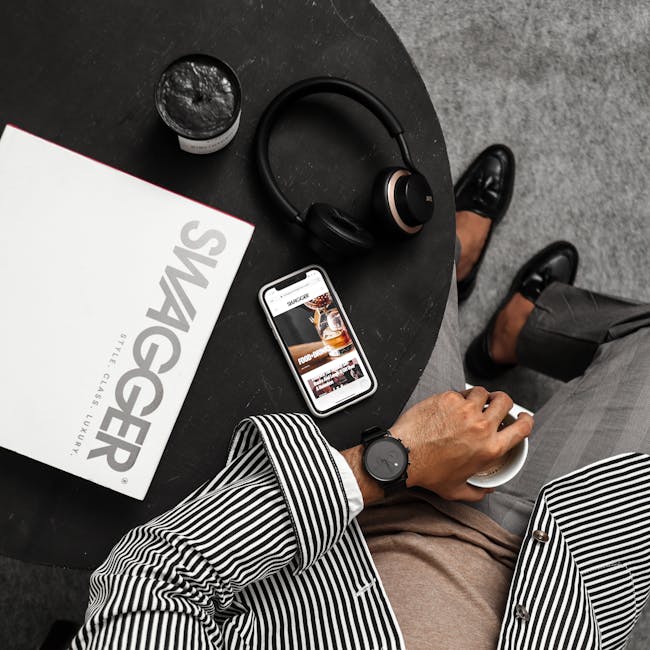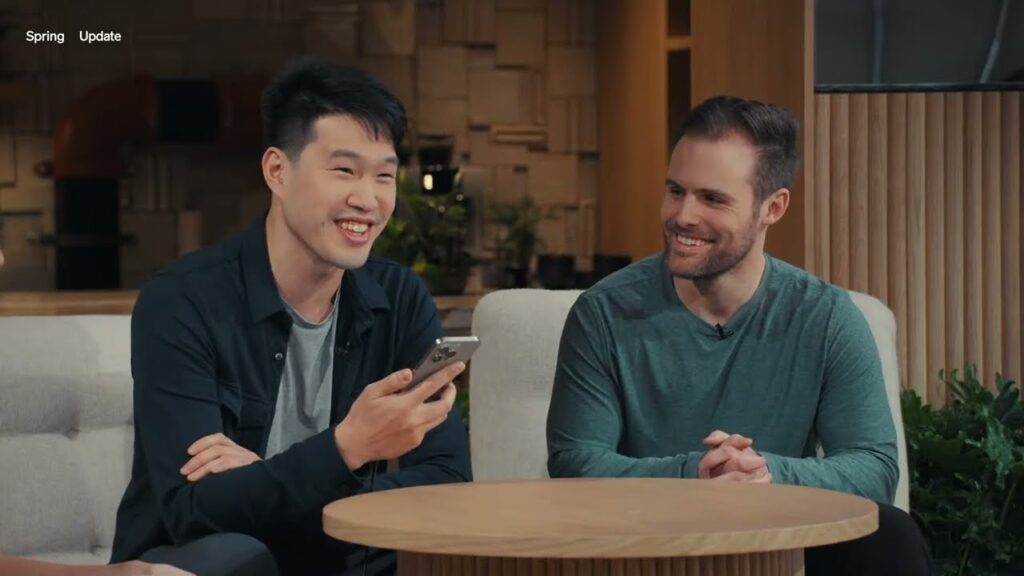The iPhone has been around for over a decadeand known some drastic changes. From an virtually double-dealing in screen immensity, toa major reduction in thickness. But perhaps “the worlds largest” undesirable modify hasbeen its increase in price. The original iPhone, released after 2007, retailedfor $500. But that number has fluctuated quite a bitsince then. Reaching its lowest pitch in 2008 with the $200 iPhone 3G, and reaching a record high-pitched of $1,100 in 2018 with the iPhone XS Max. So in this video were going to explorethe history of the iPhones price and find out why its fluctuated so dramatically. This is Greg with Apple Explained, and I wantto thank Anker for sponsoring this video. If you want to help decide which topics Icover, make sure youre subscribed, and voting polls like this one will show up inyour mobile work feed. So as I mentioned earlier, the original iPhonesretail price was $500. But this is actually misleading, since thatamount exclusively accounts for the manoeuvres upfront payment. There was actually an additional fee smartphoneusers had to pay after the initial purchase.And it was due to something called carriersubsides, which is an important concept to understand when calculating the full costof an iPhone. And it use like this: A carrier like AT& Twould offer smartphones for hundreds of dollars less than what they actually cost in orderto attract brand-new patrons. Then, theyd remunerate their loss by tyingthose customers to a contract and charging an additional fee to their monthly proposal thatwent toward paying back the full expenditure of the phone. For example, youd buy an iPhone at an AppleStore for $500, then compensate AT& T a $20 fee each month which would go toward paying off thephone, on top of your monthly contrive. And because the iPhone came with a two yearcontract, youd end up paying a total of $480 in monthly costs in addition to the $500 you paid upfront. Bringing the total cost of your iPhone to $980. Now causes say formerly your two time contractwas over, you upgraded to the newest framework. Well, youd repay another upfront price forthe phone, and a brand-new two time contract would begin.But causes say you didnt upgrade to thenewest model, and continued employing your iPhone which was no longer under contract. You might expect to stop that $20 monthlyfee to AT& T, but that wasnt the dispute. Patrons were obligated to continue payingthat reward even though their contracts had expired and AT& T had recouped the full cost of thephone. That connote the overall cost of your iPhone wouldbe $1,220 after three years, and $1,460 after four years. Now that may sound like a crazy thought today, but two time contracts and carrier aids were standard business tradition at the time. And thats exactly why it isnt fair tocompare the full $700 price of an iPhone 11 to the $ 200 retail price of the iPhone 3G. But theres more to the iPhones pricethan carrier subsidies. Because although Apple stopped selling subsidizediPhones in 2015 with the the 6S and 6S Plus, there has still been a substantial increasein the iPhones price since then.In happening, the iPhone 7 was the last flagshipmodel to have a $ 650 price tag. In 2017, the iPhone 8 started at $700, whilethe iPhone X, the true flagship model of that time, started at $1,000. So what happened to cause the price of aniPhone to jump from $650 in 2016, to $1,000 in 2017? Well, it was due to a duet parts. First, Apple needed to do more coin fromeach iPhone they sold. Because in 2015 the company began experiencingslowing equipment sales across almost every product category. And while you were able to say, well retarding salesisnt a big deal since theyre still making a ton of money. Youd be forgetting the primary goal ofany private corporation: To achieve income expansion each and every year. Because if Apple isnt impelling more moneythan they did last year, then stockholders, people who invest in the company, wontsee any returns on their asset. That symbolizes beings stop buying Apple stock, their share toll lowerings, and they become less valuable. So in the face of slowing hardware sales, Apple was forced to charge more for their concoctions so that they could still achieverevenue growth, even if they werent achieving growth in cells sold.But they couldnt simply increase the iPhonesprice by $350 dollars in a year. So instead, Apple inserted various new iPhonemodels that straddled in premium. First, was the iPhone 8 at $700, then the8 Plus as $800, and finally the X at $1,000. But every single model was more expensivethan $650, and the iPhone 8 was suspiciously same to the 7. Which was similar to the 6s, which was similarto the 6. Apple had used practically the same iPhone designfor four contemporaries, and objective up charging a payment for it with the 8 in order to generatemore revenue. This also dedicated purchasers an incentive to spendthe extra $300 for the more dramatically improved iPhone X. So considering how expensive iPhones havebecome, its induced countless people to find other ways to save money. Like for example, lowering the cost of theirmonthly phone statute with Ting. They blame you based on how much data youuse instead of one flat rate.You can calculate how much youd save byentering the amount of texts, call times, and data you typically use per month intoTings legislation estimator. Most parties be brought to an end saving roughly 20% whichreally adds up over the lifetime of your machine. Tings service is powered by Sprint, T-Mobile, and Verizons 4G LTE systems, so youll always have a fast, reliable tie. Whats also great is how easy it is to switch. 80% of phones are already compatible withTing so all youd need to do is switch out your SIM card, and you can start enjoyinga lower monthly telephone greenback! So whether youre buying the new iPhoneSE, or youre not scheduling on upgrading anytime soon, you can bring your phone toTing and get a $ 25 service credit by going to ae.ting.com. You can find that attach in the description. Now, Tim Cook was confronted with a questionabout the iPhone Xs premium price in an interview with ABC. When requested, Dont you find the pricetag for the iPhone X out of reach for the average American? Cook replied, Well, its a importance priceactually, for information and communication technologies that youre get. Which, in amateur periods, makes he studies customersare going to want the iPhone Xs brand-new aspects so badly that theyll liquidate a lot more forthem.Cook went on to say, Most people are nowpaying for phones over long periods of time, and so very few people will pay the pricetag of the phone initially. Which still doesnt refute the questionof why Apple needed to increase the flagship iPhones price by more than 50% in one year. He was simply explaining why he reviews customerswill still buy it despite the $1,000 toll. And he was right. The iPhone X went on to become the worldsbestselling smartphone in 2018, and facilitated Apple achieve their most profitable quarterin history, making $88.3 billion in the first three months of 2018. Their risky pricing programme paid off, andcompetitors took note. With the following iPhone release in fall2 018, Apple pushed the envelope even further. They were useful in fostering the averageiPhone selling price from $618 in 2017 to $793 in 2018, but wouldnt it be great tobreak that $800 threshold? Well, Apple generated it their best shot with therelease of the iPhone XR, XS, and XS Max.The entry level XR started at $750, whichwas a $ 50 increase over the iPhone 8 a year earlier. The XS had the same $ 1,000 expenditure as the X, but Apple decided to introduce a new representation called the XS Max which had a larger displayand sold for $ 1,100. Breaking the record set by the X of beingthe most expensive iPhone ever, and helping to raise the average selling price of theiPhone to well over $ 800 in 2019. So up to this point in the iPhones history, weve simply envisioned its price tag increase. But in 2019, Apple took a dramatically differentapproach to their iPhone pricing strategy. For the first time ever, they lessened theiPhones price from $750 to $700 with the iPhone 11. While the premium 11 Pro and 11 Pro Max retainedthe same price tags as the XS and XS Max. But the $50 reject wasnt the only thingthat established the iPhone 11 so pleading. It was also its affecting piece set. You construe, when Apple released the iPhone 8and X in 2017, there were stunning differences between the two models.The iPhone 8 didnt have an edge-to-edgeOLED display, it didnt have Face ID, it didnt have the dual camera arrangement, andit didnt even have the same amount of RAM as the X. So for the $300 savings, iPhone 8 customerswere giving up a lot of peculiarities. Now, this dramatic disparity between modelswas restricted with the iPhone XRs release because it did piece an edge-to-edge displaywith Face ID, but its price was $50 more than the 8. And it still didnt have a dual camera systemor the same amount of RAM as the XS. But consider the iPhone 11, it not only receiveda $50 reduce which placed its cost on equality with the iPhone 8 from two years earlier, but it also received almost all of the features of the premium 11 Pro prototypes. It has a dual camera organization with an ultra-wideangle lens, it has spacial audio, it has the same 4GB of RAM as the 11 Pro sits withthe same sturdy ion-strengthened glass. The only accommodations youre seeing withthe 11 is the LCD display rather than OLED, an aluminum frame rather than stainless steel, and no telephoto camera lens which represents no 2x optical zoom.But most customers are keen to constitute theseminor tradeoffs considers the $ 300 savings over the 11 Pro. And despite specialists predicting a declinein iPhone marketings due to purchasers just wait a 5G prototype. Auctions actually rushed 8% compared to the firstquarter of 2019 and cured Apple grow their overall revenue 9% to $91.8 billion. Outperforming even the most optimistic analystexpectations. And that growth was primarily fueled by thesales success of the iPhone 11, proving that Apple had hit a excellent counterbalance betweenprice and premium pieces. Now as we look forward to a brand-new iPhone modelsthis fall, its likely that Apple will stick with their current pricing policy and continueto offer as many aspects as possible in their entryway statu modeling because it proven to besuch a success. Alright people dont forgotten to like and subscribe, and Ill see you in the next video.





